
- Homeowners
- Professionals
- Products
- Back
- PlasterBoards
- Metal Framing & Accessories
- Jointing and Finishing
- Gypsum Plasters
- Ceiling Tiles
By material Type
By Category
- Resources
- About
- Careers
- FAQ's
The new year beckons, and with it come home renovations. A refreshing new version of your own home may be just the fresh start that the new year needs. The fifth wall, that is, the ceiling of the room, is an often-neglected area. But paying attention to it during the design of the room can make it stand out and add a unique flavour to your design. An easy way to add a beautiful design element to the room is to add a false ceiling. A false ceiling is a fitted ceiling that is suspended beneath the actual ceiling. Often, the original ceiling is visible through the false ceiling design. The design possibilities are endless- you can go vintage or modern as you like. It can also serve as background for decorative light fixtures and can hide unsightly ac vents. It can give a room a polished and sophisticated look as compared to a bare ceiling. You can add a false ceiling to practically any room- it can range from adding an elegant lattice design in the living room to a fun detail in the children’s room. False ceilings are often also placed in office buildings to hide wires and pipes. Earlier, false ceilings were made from flimsy material such as cardboard and cork, which were not durable at all. But, there are far better options available now. One such material is gypsum.
About Gypsum
Gypsum is a white powdery material akin to chalk. It is mined from sedimentary rock deposits. Chemically, it is Calcium sulfate dihydrate (CaSO4:2H2O). It has been used extensively in sculptures and for plastering walls worldwide for the past few centuries. It has the compressive strength comparable to cement but has the additional advantage of being much lighter. Even though it is an ancient mineral used in old sculptures, it is underutilized as a construction material. It is coming back into fashion as a material for drywalls and false ceilings. Advanced techniques have been developed to create high-quality building materials from gypsum.
Why is Gypsum the #1 material for false ceilings?
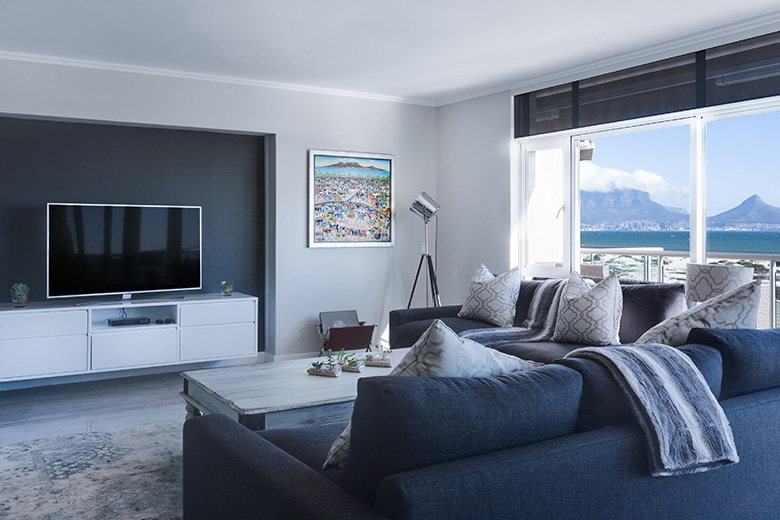
Cement suffers shrinkage and is prone to cracking. It requires curing to avoid cracks, which is not required for gypsum. In fact, cement plaster might crack despite the curing process. Gypsum has a similar compressive strength of 5-7MPa to cement plaster, which has a compressive strength of 3.5-7.5 MPa. At this similar compressive strength, gypsum also provides tensile strength and, therefore, can withstand a pulling force as well as compression. Gypsum boards are soft and not brittle, and therefore not likely to crack. Gypsum does not warp in moist conditions as wood does, so it resists damage due to seepage as well.
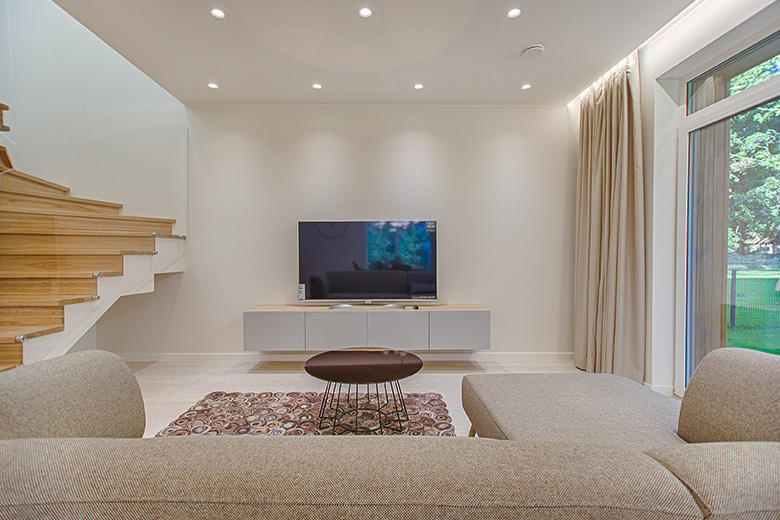
Gypsum provides thermal insulation and can help in saving energy. It will help keep rooms cool, and air conditioning becomes more effective. Similarly, if the room is heated, it will trap the heat and lead to energy savings. Further, since a false ceiling will trap a layer of air between itself and the true ceiling, insulation will be provided by this extra layer of air as well. Air is an excellent insulator, and better insulation means less cooling and heating required. This can lead to substantial savings on energy, especially in areas where extreme temperatures are common.
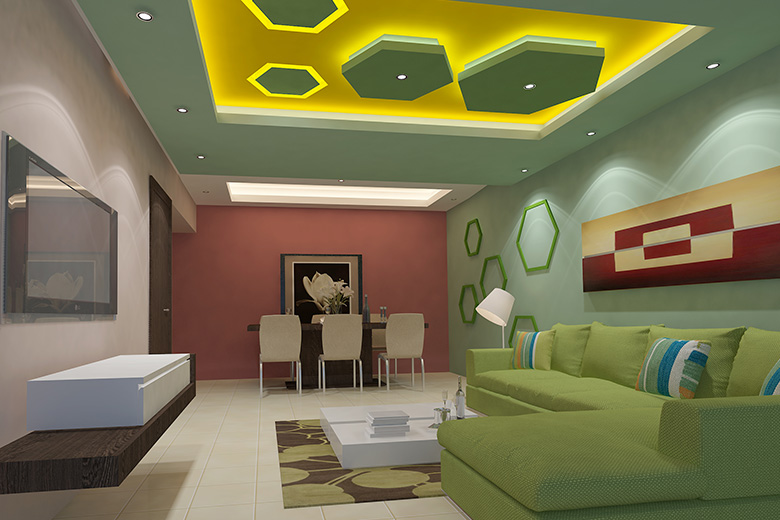
Wood and cork have been traditionally used for false ceilings, but the obvious disadvantage that they have is that they offer no protection in the event of a fire. Gypsum has water in its crystal structure and will act as a barrier, inhibiting fire. If flames encounter gypsum, it will just remove the water from its crystals, which will come out as steam. Many gypsum boards are also further treated to become especially fire-resistant, such as Gyproc FRMR boards, which are treated to be both fire and moisture-proof.
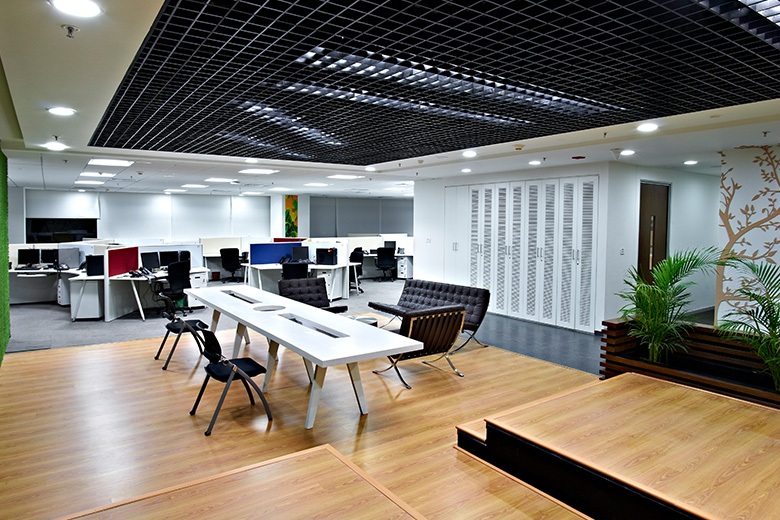
Gypsum prevents rusting and prolongs the life of steel supports embedded in it. Any electrical fittings or pipes fitted in gypsum plaster will not get corroded. It is safe to use with any type of metallic supports. Most gypsum boards have a moisture absorption of a mere 5% - such low concentrations of water will ensure that the metal does not corrode.
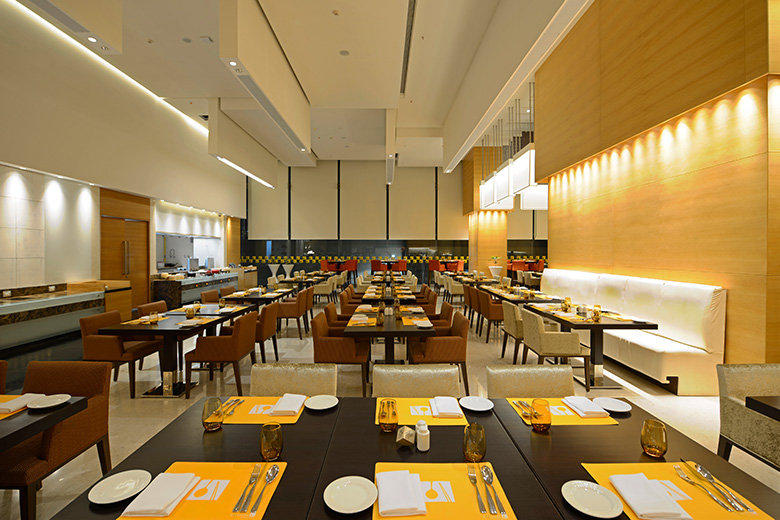
Gypsum is much lighter than cement plaster and POP. Further, a thin coating of gypsum plaster is required (<6mm) where a much thicker layer of cement would have been necessary (>10mm). It has the strength of cement while requiring lower maintenance. Gypsum boards are pliable and can be easily moulded into any design of your choice. It is almost like plastic in its moldability, whilst being far more eco-friendly. They also reflect light evenly, giving the false ceiling a well-lit façade. It has an even finish and does not require any additional polish. Well-constructed gypsum false ceilings can easily last 20 years or more.
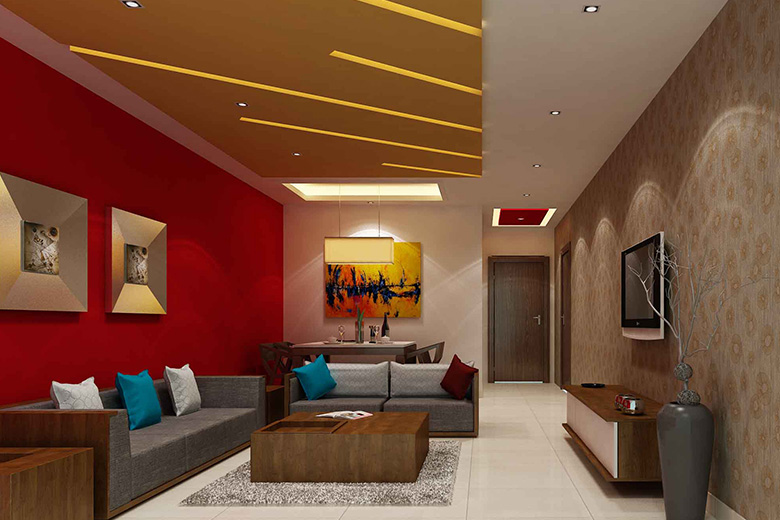
Gypsum boards require less input energy to be manufactured as compared to cement plaster. The manufacturing process also emits less CO2 as compared to an equivalent weight of cement. Further, gypsum boards can be recycled fully, whereas POP cannot. It is mined out of the earth, but the mining process is not as damaging as mining for many other comparable minerals, since it is present in abundance. Hence, gypsum has a much smaller ecological impact as compared to the alternatives.

Gypsum false ceilings are now available in many designs. It is easy to find customizable options that suit your home and aesthetics. They are relatively inexpensive and easy to install- they can simply be glued into place instead of being nailed in. It is unlikely to require repair and is quite easy to repair in the rare case of necessity. It can work with any paint finish that your original ceiling may have, as gypsum boards are available in a range of colours. They can hide unsightly wires and hold recessed light fixtures.
Gypsum boards and gypsum plaster are here to stay as a construction choice, just as false ceilings are here to stay as a design choice. False ceilings are not just beautiful, they also provide thermal and acoustic insulation to the room. You can make your room stand out with a custom-designed gypsum ceiling while saving money on cooling or heating the room. It will add that pizazz that a fashionable room needs. It can be especially transformative if you have high-walled rooms which could use an additional light source. The false ceiling will also cut the echoing that can sometimes affect a high-walled room. It solves a multitude of problems as it is moisture resistant and insulating. So go ahead, bring your designs to life with Gyproc!
More Articles